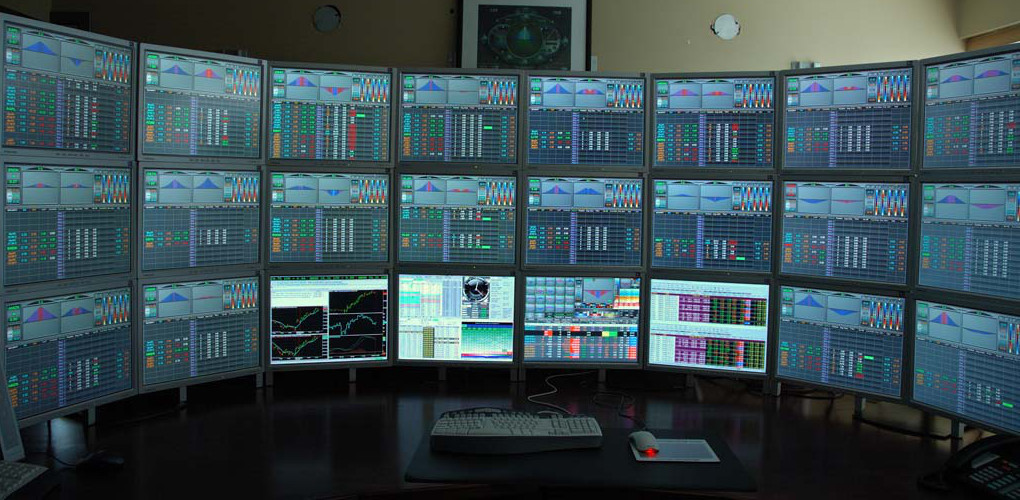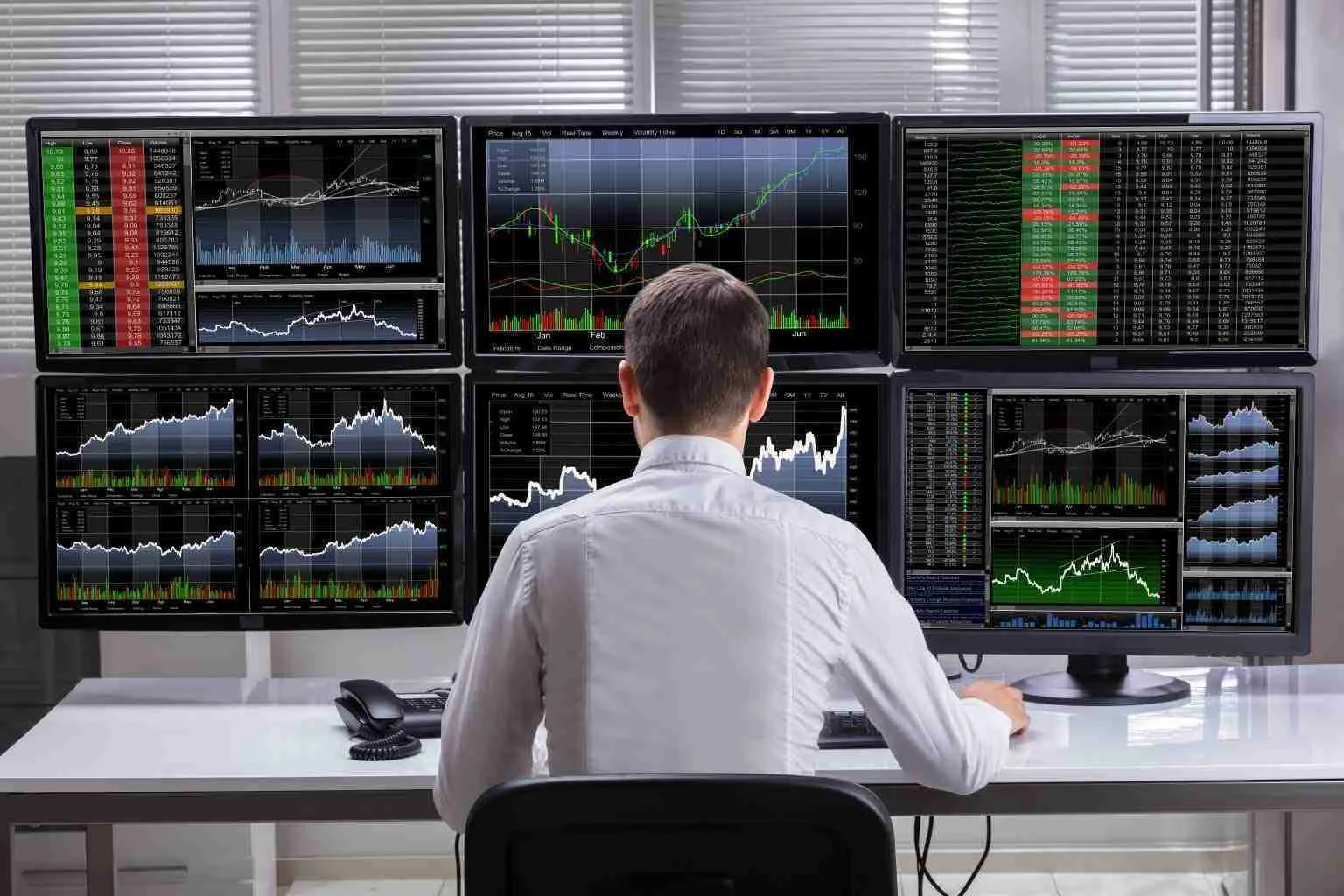In the fast-paced world of finance, where milliseconds can make a difference between profit and loss, trading desks serve as the nerve centers of the financial markets. These hubs of activity bring together traders, analysts, and cutting-edge technology to execute trades efficiently. Let’s delve deeper into the world of trading desks to understand their significance and operation.
At its core, a trading desk is a specialized workstation where financial instruments are bought and sold. It serves as a centralized platform for executing trades across various asset classes, including stocks, bonds, currencies, and derivatives. The primary objective of a trading desk is to facilitate transactions on behalf of clients or the firm itself, aiming to capitalize on market opportunities and generate profits.
Roles and Responsibilities
A trading desk comprises various roles, each contributing to the overall functioning of the desk. Traders are responsible for executing trades based on market analysis and client instructions. Analysts conduct research and provide insights to support trading decisions. Risk managers assess and mitigate the potential risks associated with trading activities. IT professionals maintain and optimize the technology infrastructure essential for trading operations.
Key Tools and Technologies
To stay ahead in the competitive landscape, trading desks rely on advanced tools and technologies. Trading platforms offer real-time market data, order execution capabilities, and analytical tools to support decision-making. Risk management systems monitor and control exposure to market risks, including credit, market, and operational risks. Algorithmic trading algorithms enable automated execution of trades based on predefined criteria, enhancing efficiency and reducing human errors.
Types of Trading Desks
Trading desks can be categorized into several types based on their primary function and clientele.
Proprietary Trading Desks
Proprietary trading desks, also known as “prop desks,” trade with the firm’s own capital to generate profits. These desks employ sophisticated strategies and leverage advanced technology to identify and exploit market inefficiencies. Prop traders aim to outperform the market and deliver substantial returns to the firm.
Sell-Side Trading Desks
Sell-side trading desks operate within investment banks and brokerage firms, facilitating trades on behalf of clients. They provide liquidity to the market by offering bid and ask prices for various securities. Sell-side traders engage in market-making activities, executing trades for institutional investors, hedge funds, and other clients.
Buy-Side Trading Desks
Buy-side trading desks represent institutional investors, such as mutual funds, pension funds, and asset managers. These desks focus on managing portfolios and maximizing returns for their clients. Buy-side traders analyze market trends, evaluate investment opportunities, and execute trades to achieve the investment objectives of their clients.
Navigating a Trading Desk
Trading desks operate in a dynamic and unpredictable environment, requiring traders to adapt swiftly to changing market conditions.
Understanding Market Dynamics
Successful trading requires a deep understanding of market dynamics, including supply and demand factors, economic indicators, and geopolitical events. Traders analyze market trends, assess risk-reward ratios, and develop trading strategies tailored to prevailing market conditions.
Execution Strategies
Execution strategies play a crucial role in determining trading outcomes. Traders employ various execution methods, such as market orders, limit orders, and stop orders, to enter and exit positions efficiently. Execution algorithms automate trade execution based on predefined parameters, optimizing order placement and minimizing slippage.
Risk Management
Effective risk management is essential for safeguarding trading capital and preserving profitability. Traders employ risk management techniques, such as position sizing, stop-loss orders, and hedging strategies, to mitigate potential losses. Risk managers monitor trading activities in real-time, identify emerging risks, and take proactive measures to minimize exposure to adverse market movements.
Technologies in Trading Desks
Advancements in technology have transformed the landscape of trading desks, enabling faster execution, enhanced analytics, and improved risk management capabilities.
Algorithmic Trading
Algorithmic trading algorithms execute trades automatically based on predefined criteria, such as price, volume, and timing. These algorithms leverage mathematical models and statistical techniques to identify trading opportunities and capitalize on market inefficiencies. Algorithmic trading enables high-speed execution and reduces transaction costs, making it a preferred choice for institutional investors and proprietary trading firms.
High-Frequency Trading
High-frequency trading (HFT) employs sophisticated algorithms to execute a large number of trades within microseconds. HFT firms leverage ultra-low latency infrastructure and co-location services to gain a competitive edge in the market. By exploiting small price discrepancies and arbitrage opportunities, HFT strategies aim to generate profits from short-term market movements.
Data Analytics Tools
Data analytics tools play a crucial role in extracting actionable insights from vast amounts of market data. Trading desks utilize data visualization techniques, machine learning algorithms, and predictive analytics models to identify patterns, trends, and correlations in financial markets. These tools empower traders to make informed decisions and optimize trading strategies based on data-driven analysis.
Challenges Faced by Trading Desks
Despite their sophistication and technological prowess, trading desks confront various challenges that can impact their performance and profitability.
Regulatory Compliance
Stringent regulatory requirements impose compliance burdens on trading desks, necessitating adherence to rules and regulations governing trading activities. Compliance with regulations, such as MiFID II, Dodd-Frank, and GDPR, entails significant costs and operational complexities for trading firms.
Market Volatility
Market volatility poses a constant challenge for trading desks, increasing the level of uncertainty and risk in financial markets. Sudden price fluctuations, geopolitical tensions, and macroeconomic events can trigger significant market movements, leading to potential losses for traders and investors.
Technological Disruptions
The rapid pace of technological advancements introduces both opportunities and challenges for trading desks. While technology enables faster execution and greater efficiency, it also exposes trading firms to cyber threats, system failures, and algorithmic errors. Maintaining robust cybersecurity measures and resilient infrastructure is essential to mitigate the risks associated with technological disruptions.
Future Trends in Trading Desks
As trading desks evolve to meet the demands of an increasingly digital and interconnected world, several trends are shaping the future of trading operations.
Automation and AI Integration
Automation and artificial intelligence (AI) are revolutionizing trading desks, enabling faster decision-making, enhanced risk management, and greater efficiency. Machine learning algorithms analyze vast amounts of data to identify trading patterns and optimize execution strategies. AI-powered chatbots and virtual assistants provide real-time insights and support to traders, enhancing productivity and scalability.
Remote Trading Capabilities
The rise of remote work trends has prompted trading desks to adopt flexible and decentralized operating models. Cloud-based trading platforms enable traders to access market data, execute trades, and collaborate with colleagues from anywhere, anytime. Remote trading capabilities enhance resilience and business continuity while providing greater flexibility and work-life balance for traders.
Sustainable Investing

Environmental, social, and governance (ESG) considerations are gaining prominence in investment decision-making, driving demand for sustainable investing solutions. Trading desks are incorporating ESG criteria into their investment processes, screening for companies with strong sustainability practices and positive societal impact. Sustainable investing aligns financial goals with environmental and social objectives, creating value for investors and society as a whole.
Conclusion
Trading desks play a pivotal role in the functioning of financial markets, serving as hubs of innovation, expertise, and technological advancement. Despite facing numerous challenges, trading desks continue to evolve and adapt to the changing landscape of the global economy. By embracing technology, managing risks effectively, and staying abreast of market trends, trading desks can navigate the complexities of financial markets and drive sustainable growth in the years to come.
FAQs
What is the role of a trader on a trading desk?
Traders on a trading desk are responsible for executing trades, analyzing market trends, and managing risk to generate profits for the firm or clients.
How do trading desks manage market volatility?
Trading desks employ various risk management techniques, such as diversification, hedging, and position sizing, to mitigate the impact of market volatility on trading portfolios.
What are the key technologies used on trading desks?
Trading desks leverage advanced technologies, including algorithmic trading algorithms, high-frequency trading infrastructure, and data analytics tools, to optimize trading strategies and execution efficiency.
How are trading desks adapting to remote work trends?
Trading desks are adopting cloud-based trading platforms and collaboration tools to enable remote work capabilities, allowing traders to access market data and execute trades from anywhere, anytime.
Why is sustainable investing gaining traction among trading desks?
Sustainable investing integrates environmental, social, and governance (ESG) considerations into investment decision-making, aligning financial goals with positive societal impact and long-term sustainability.
